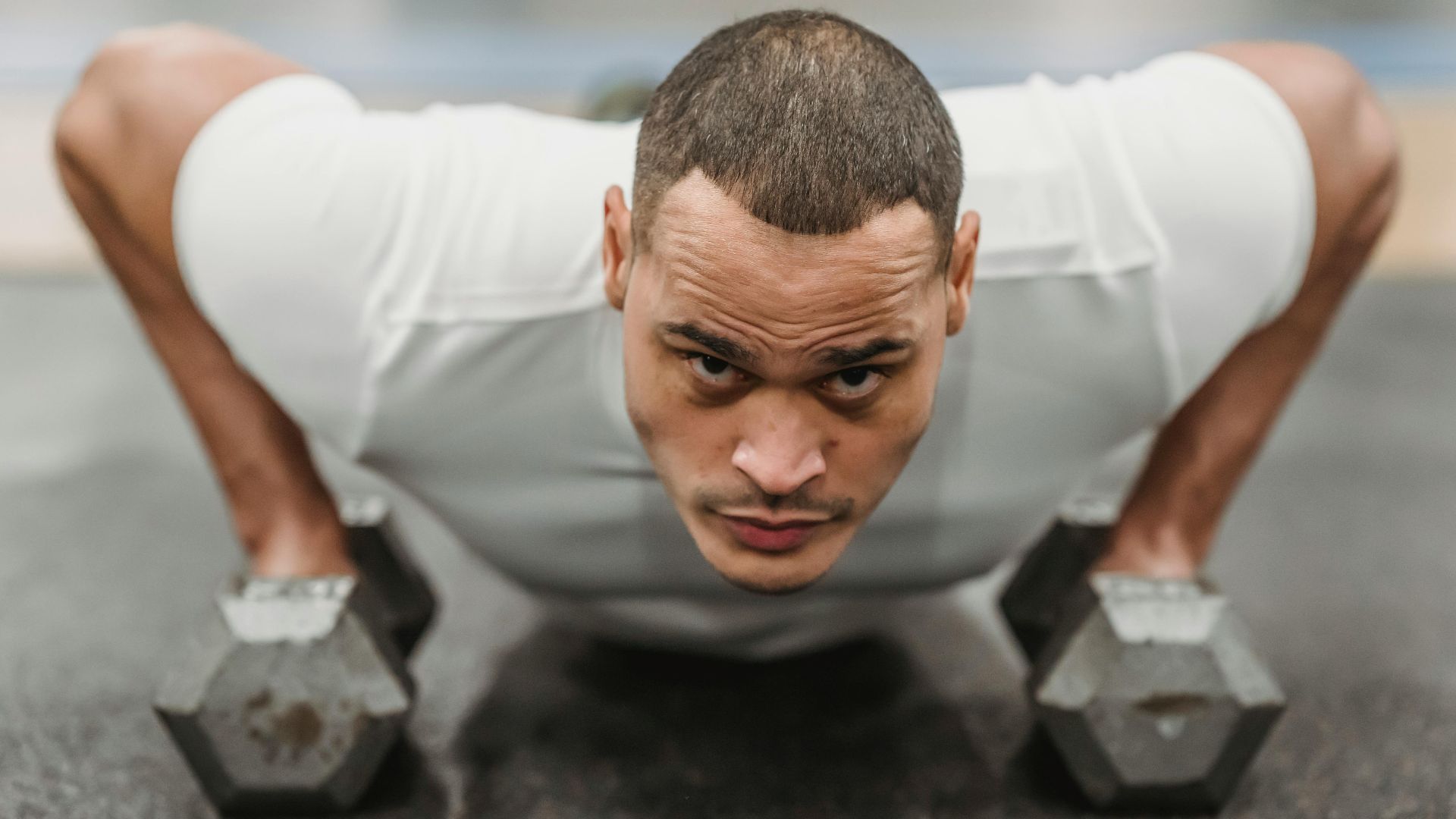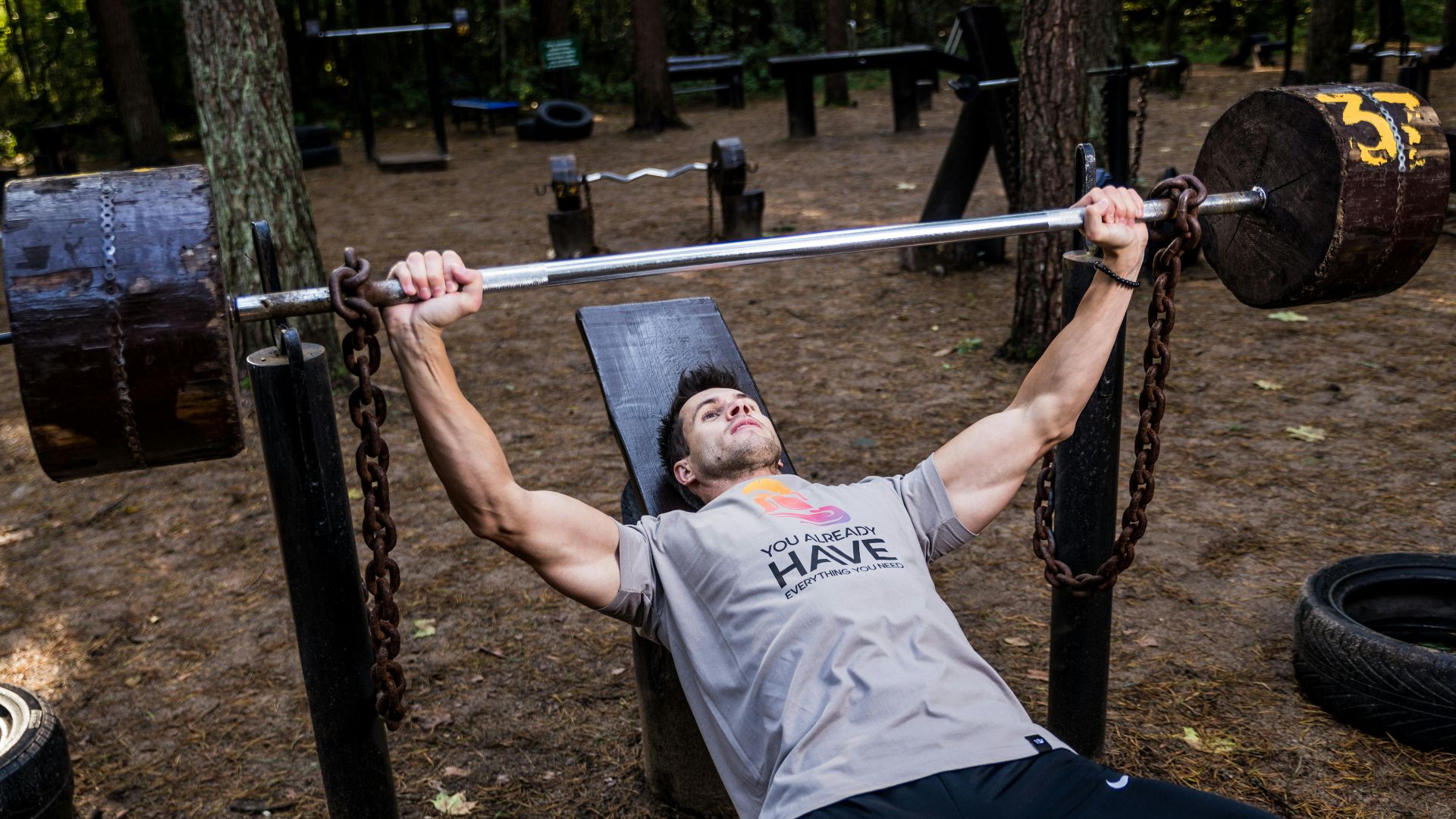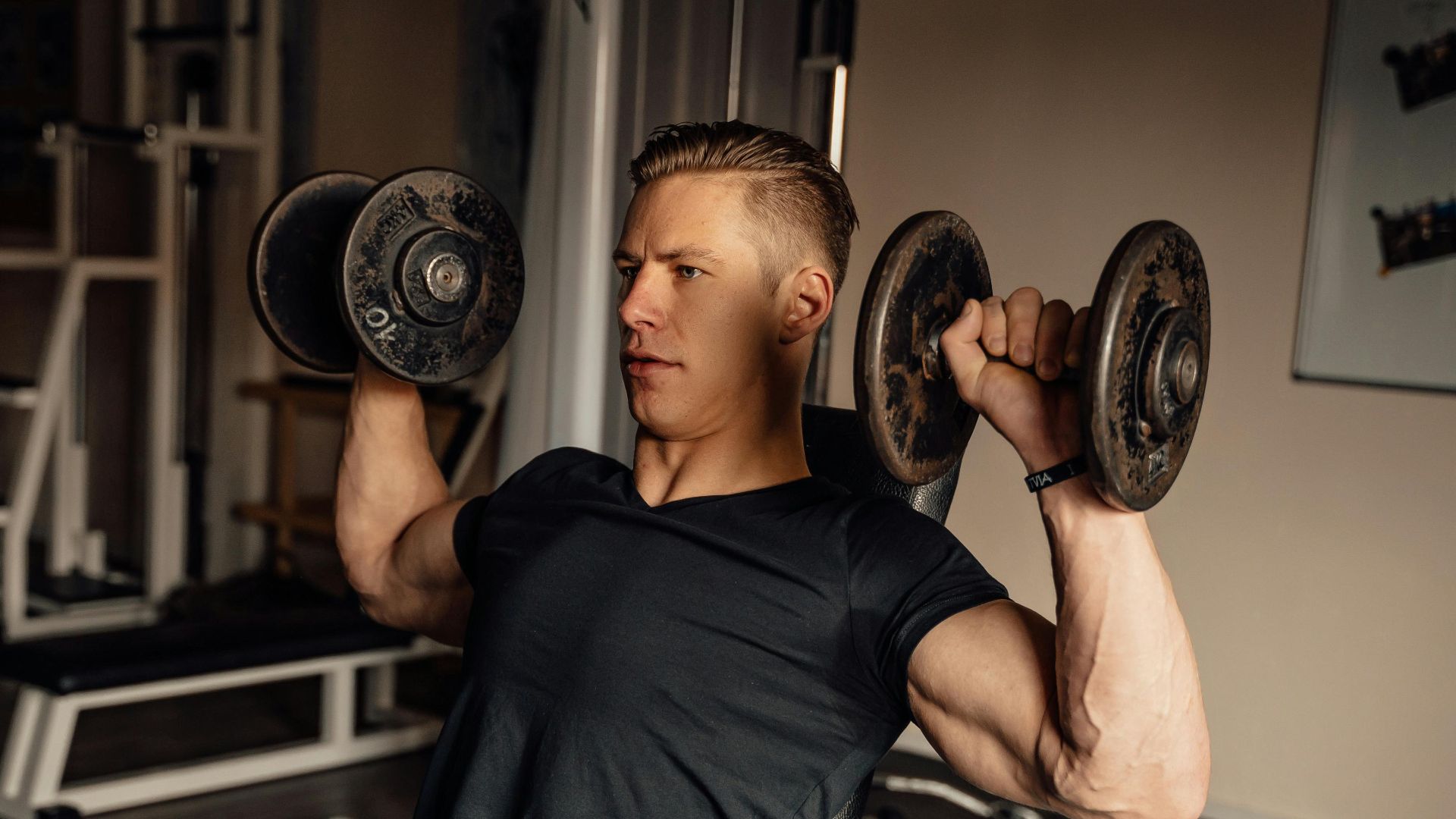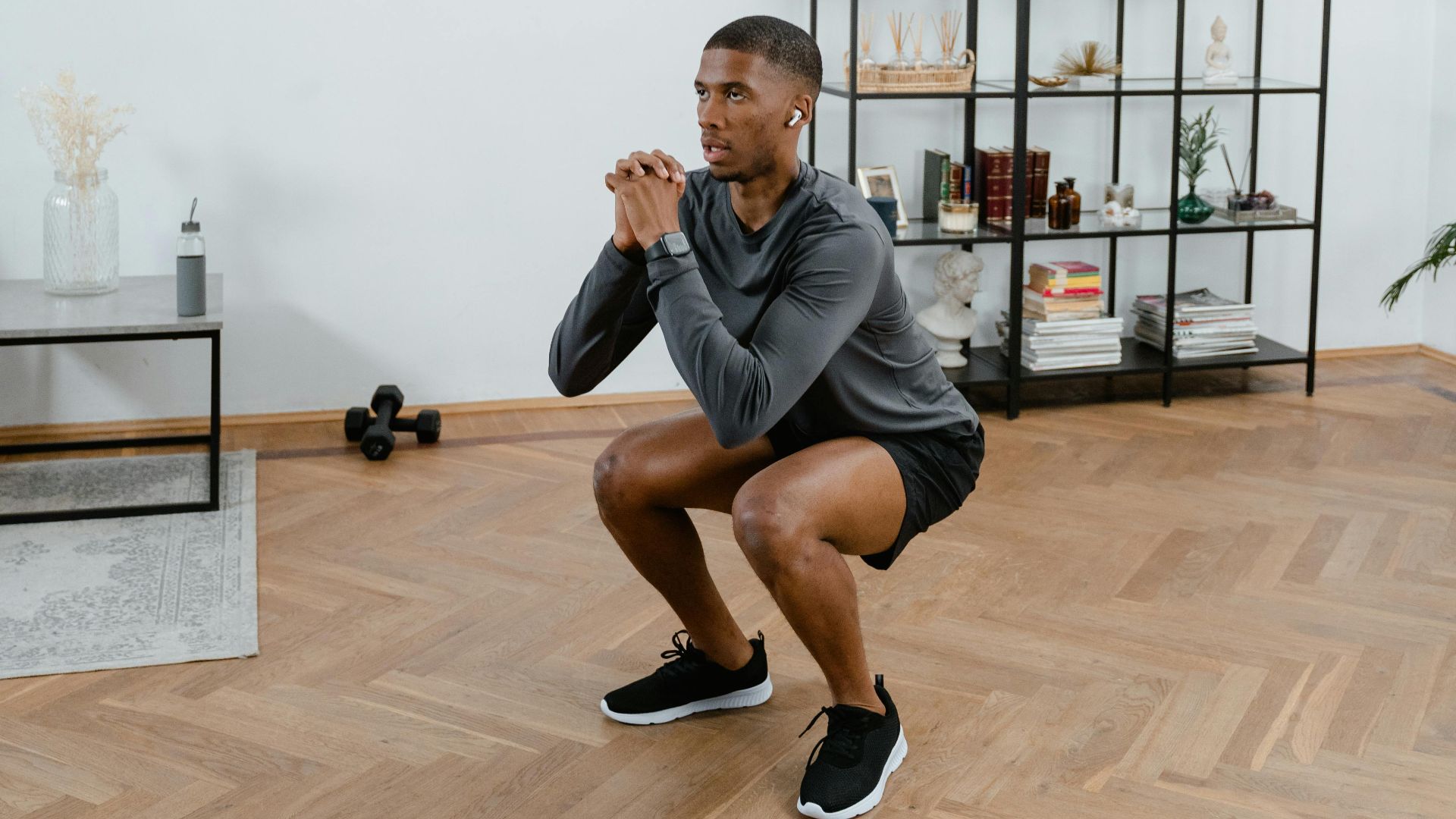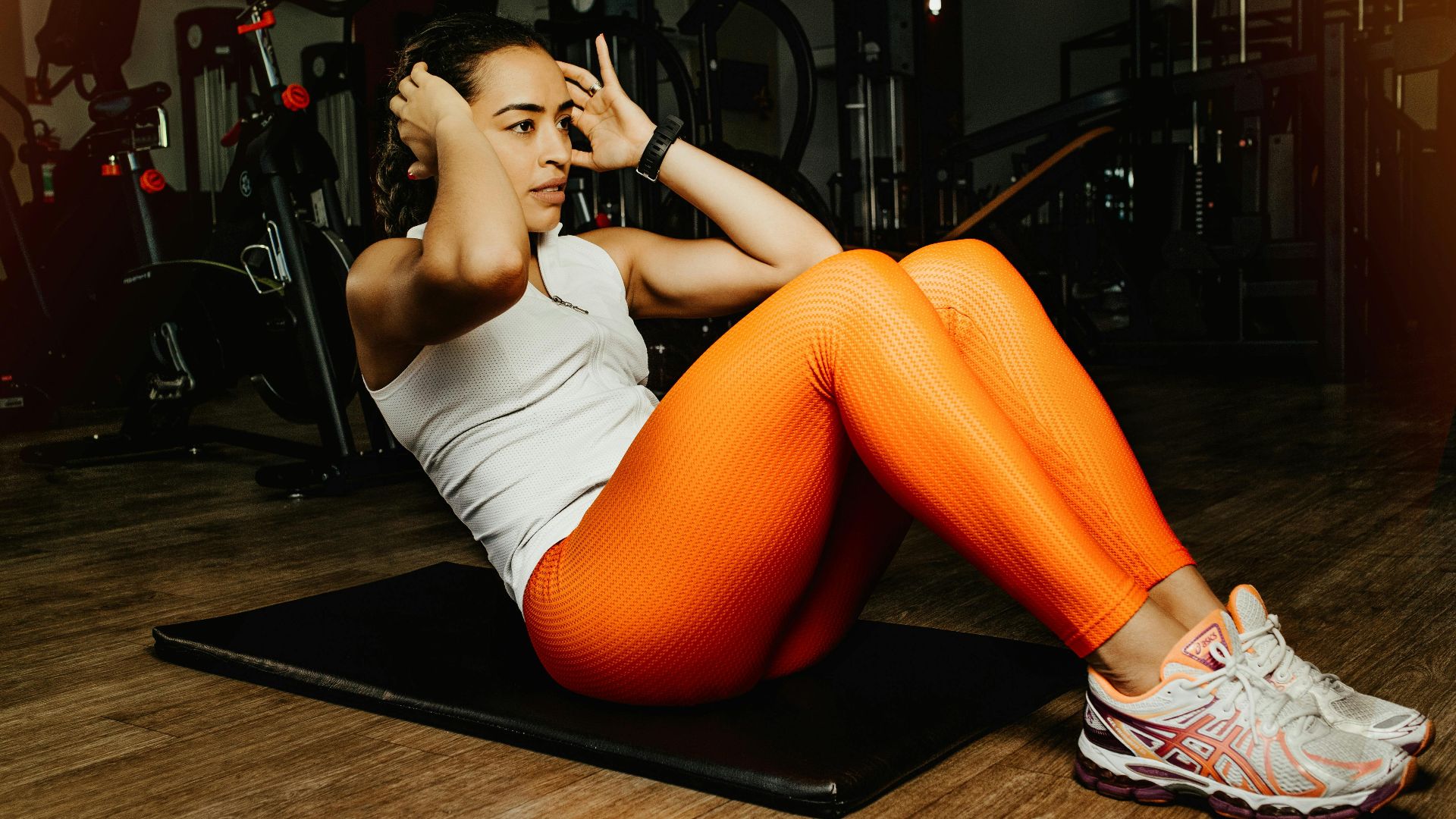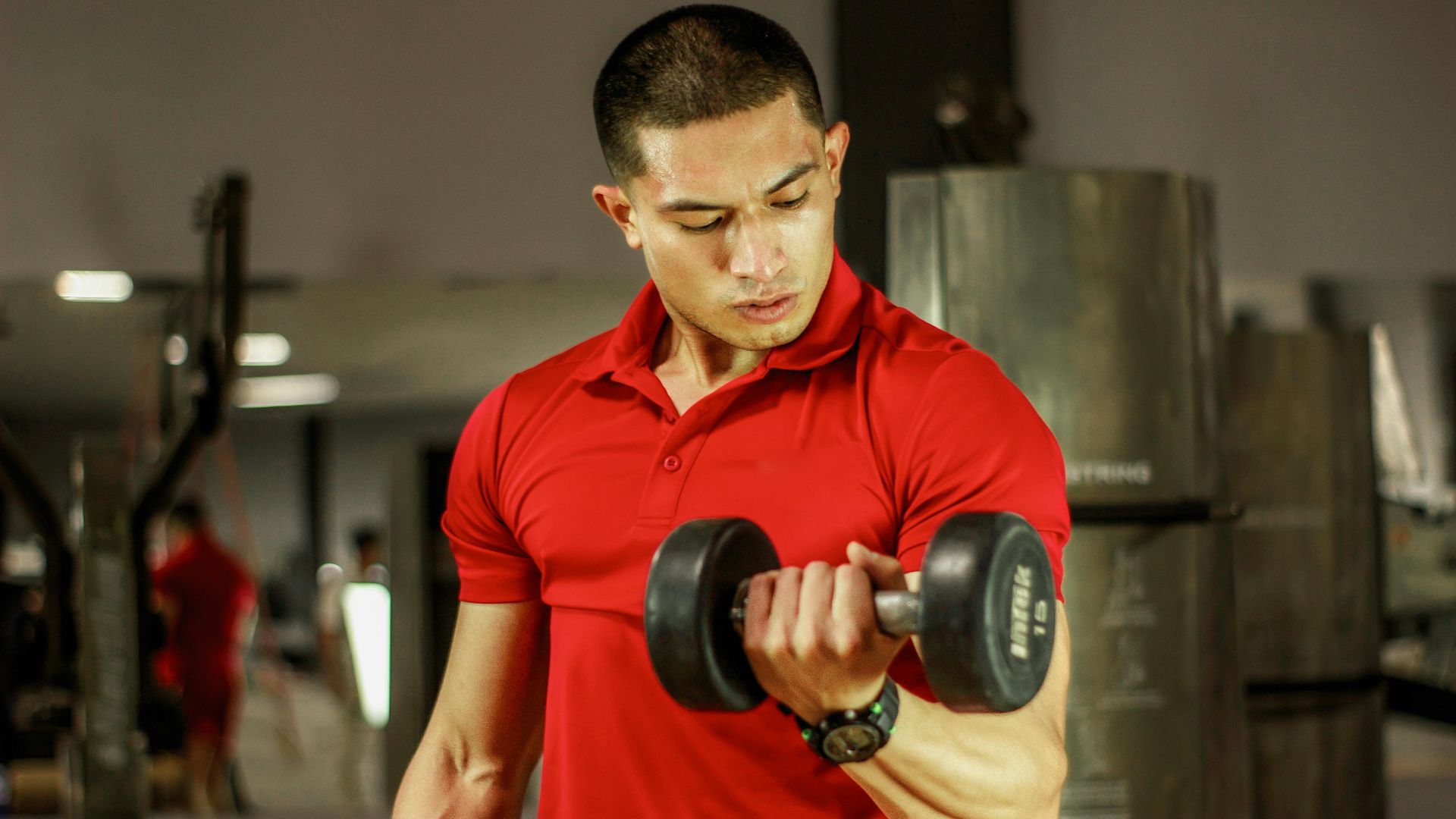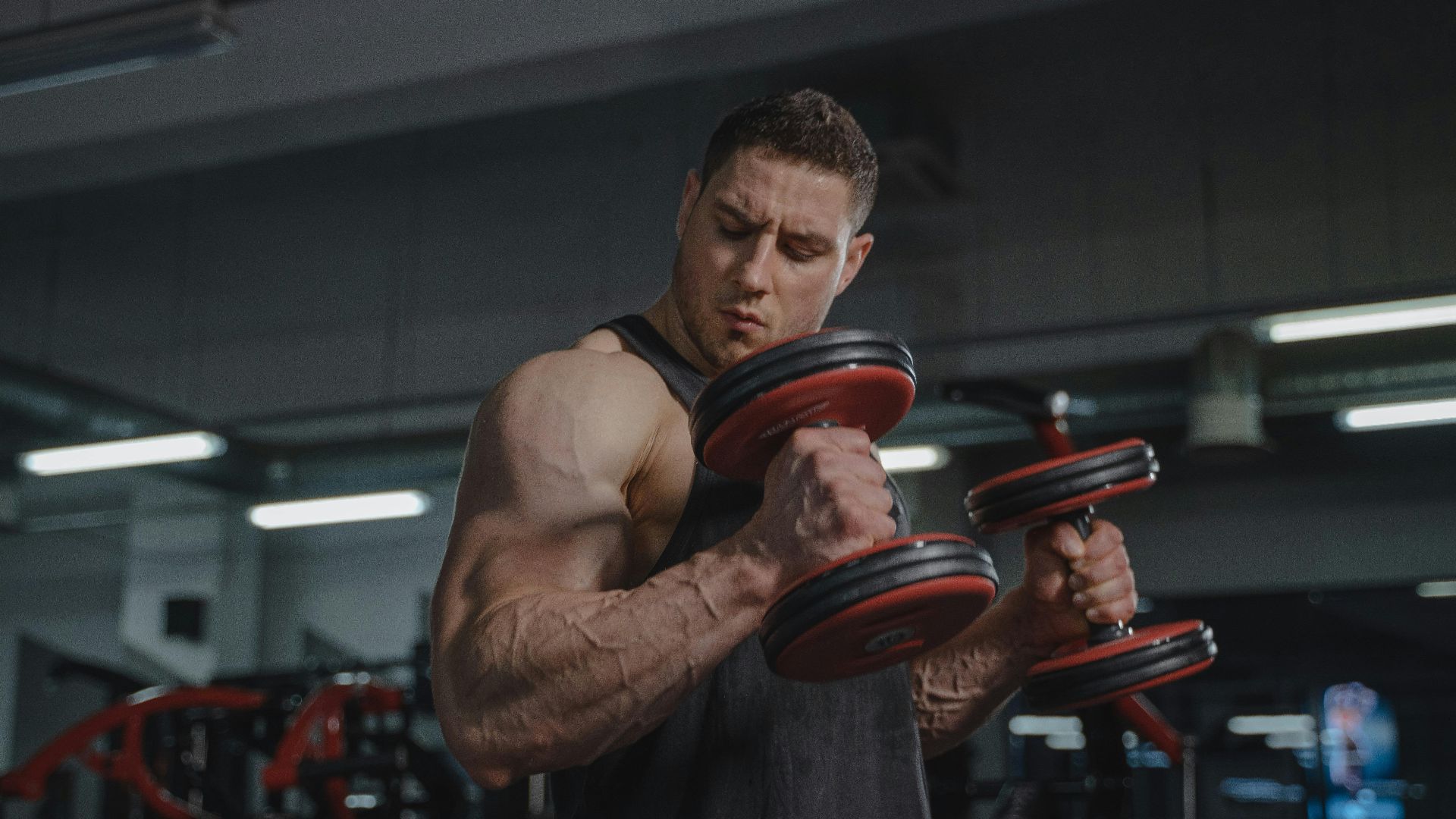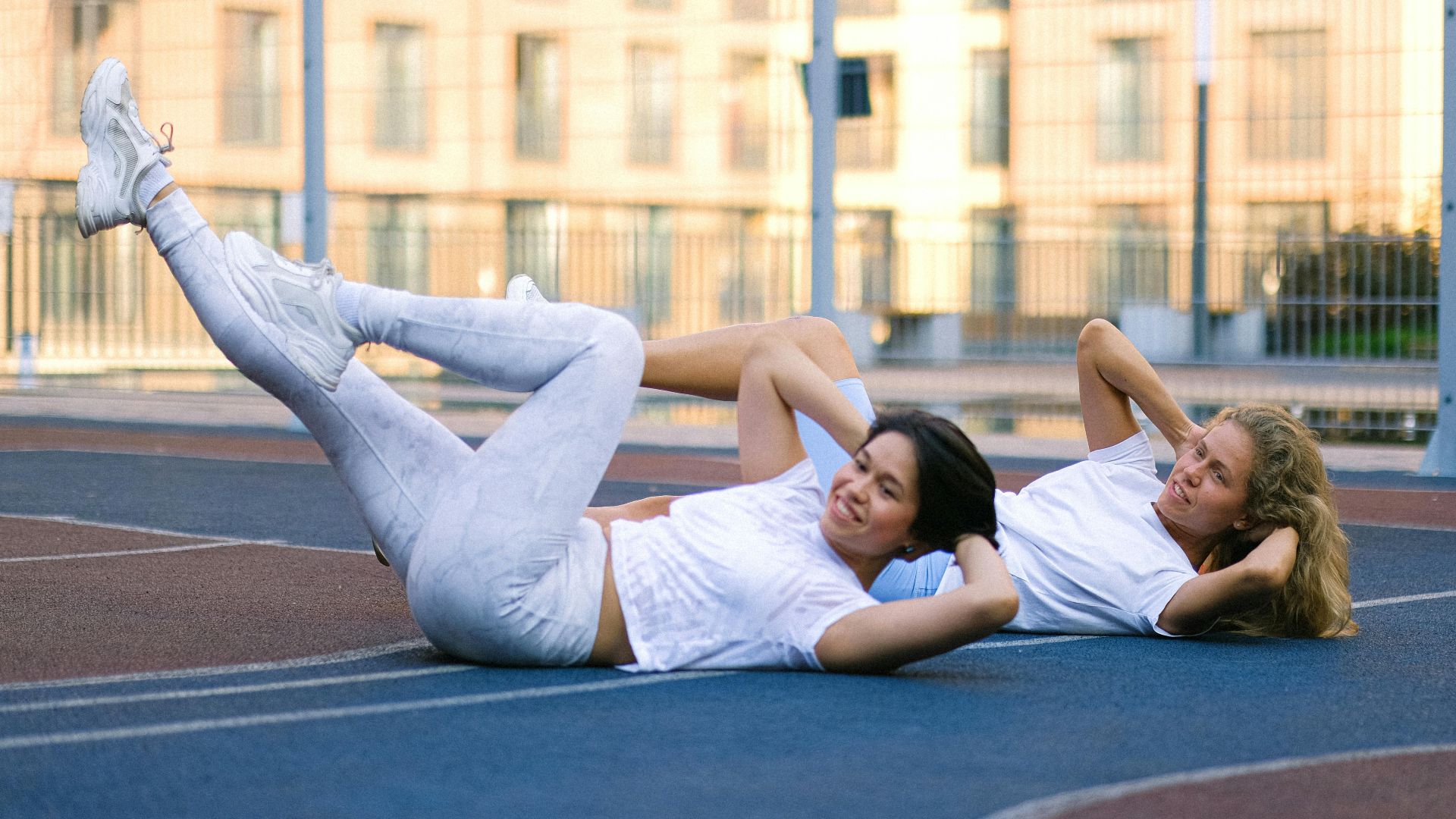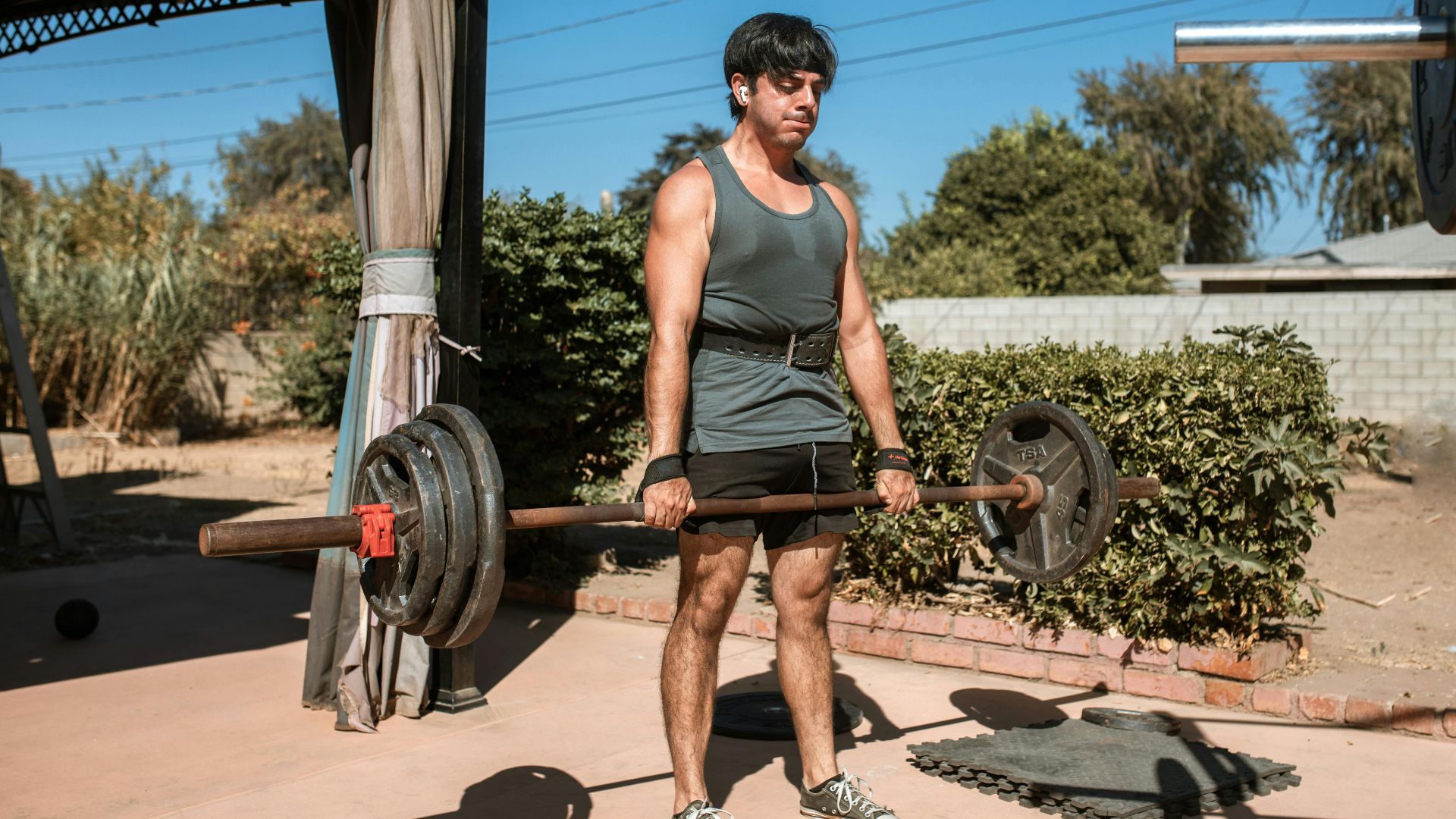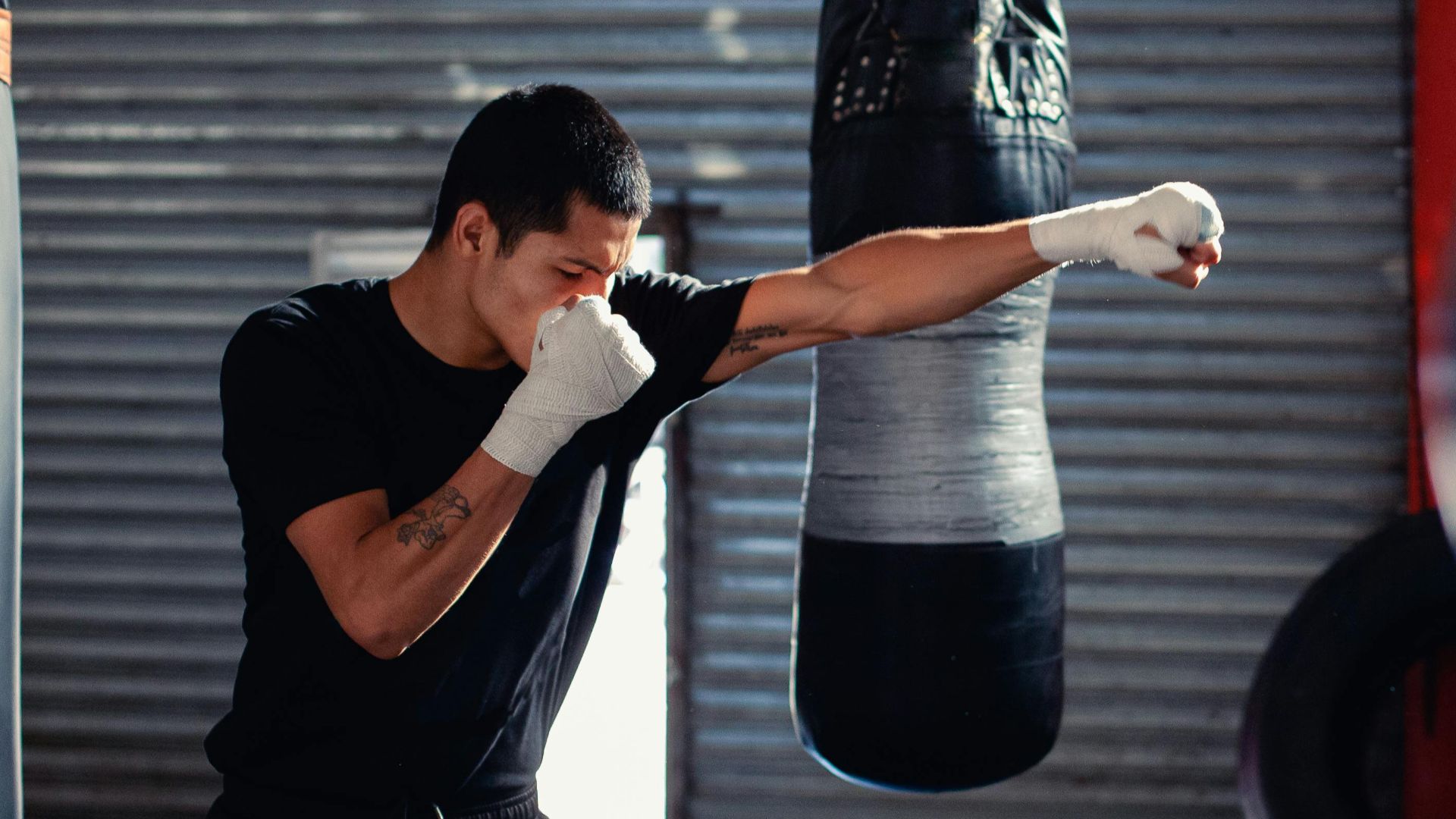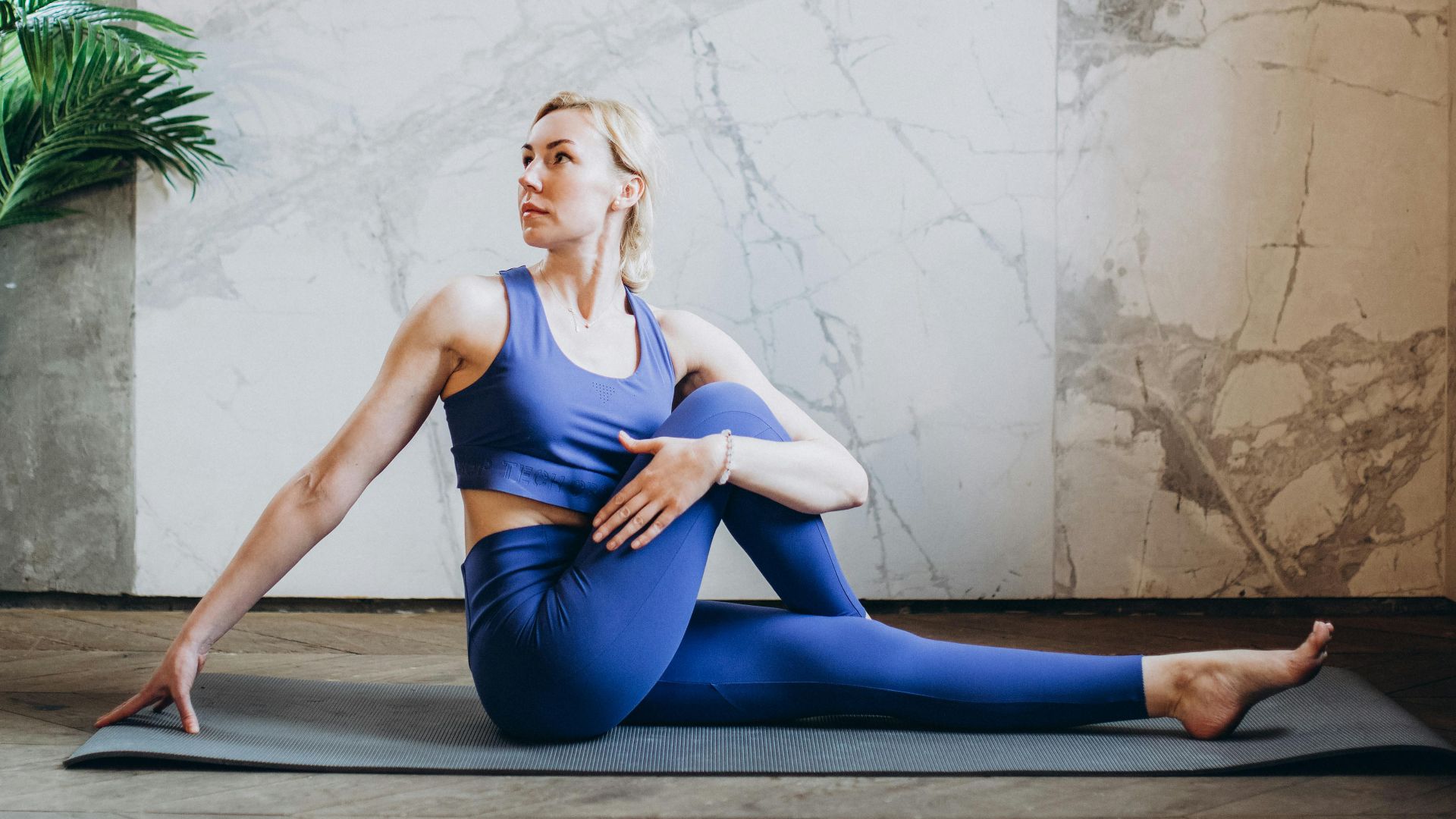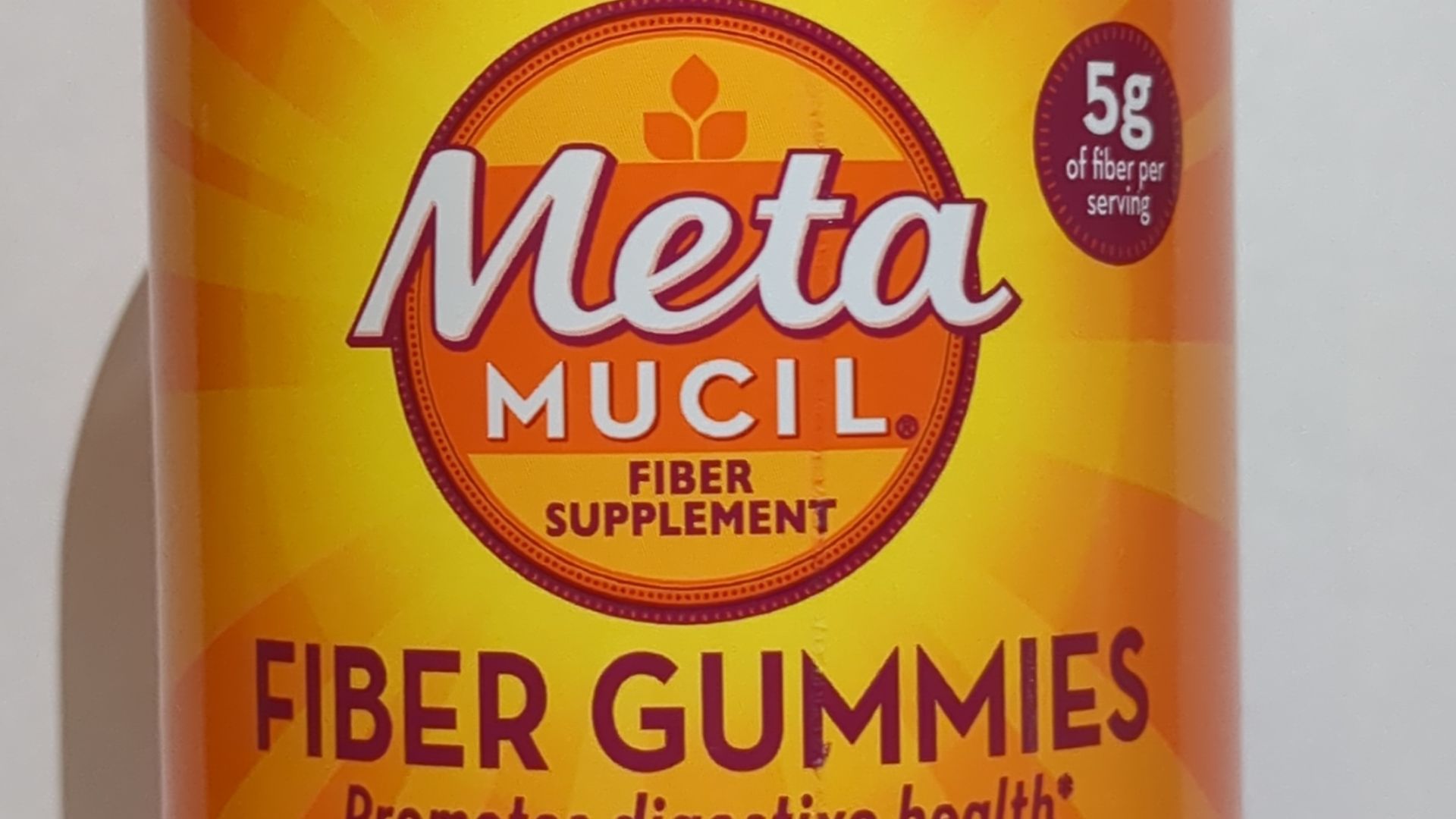Are Your Muscles Imbalanced?
Walk into any gym and you'll see that everyone is doing the same pattern of exercises. Their shoulders are screaming from excessive pressing volume, but they keep adding more because that's what bros on the internet told them. This muscle imbalance isn't just inefficient—it's setting you up for injuries. Let’s break down which muscles are being overworked and which ones aren’t getting enough attention, starting with the overtrained areas.
1. Pectorals
Plenty of lifters chase a bigger chest, so the pecs often steal the spotlight. These muscles handle powerful pushing, and they work every time you bench or do push-ups. Heavy emphasis can tighten the chest and pull the shoulders forward, gradually feeding a slumped, rounded upper body look.
2. Anterior Deltoids
Right from the first rep of a bench press, your front delts jump in. They also fire during shoulder presses and dips, which means they stay busy more often than you realize. Too much volume here builds a forward-tilted posture and creates tension around the shoulder joint.
3. Quadriceps
Leg day often turns into quad day, thanks to squats and leg presses. These front-thigh muscles are power players in knee extension and jumping. When they take over every lower-body move, the hamstrings fall behind, and the knee joint loses balance, opening the door for strain.
4. Rectus Abdominis
Chasing ab lines usually means endless crunches and sit-ups. The rectus abdominis handles trunk flexion, yet training it alone crowds out deeper stabilizers. Heavy emphasis tightens the front chain and contributes to hip flexor tension, which can leave your lower back feeling stressed.
5. Upper Trapezius
Shrugs and heavy pulls often send stress right to the upper traps. These muscles help lift the shoulders and assist neck stability. Excess work encourages rounded shoulders and tightness that creeps into the neck, especially for people who already spend hours at a desk.
 Barbell Shrug Technique For Growth | Targeting The Muscle by Renaissance Periodization
Barbell Shrug Technique For Growth | Targeting The Muscle by Renaissance Periodization
6. Biceps Brachii
Curl variations fill many routines, so the biceps get a lot of love. They flex the elbow and assist shoulder stability during pulling. Extra sets layered into back day soon create overuse around the elbow and shoulder, since this muscle already jumps in during lots of upper-body moves.
7. Brachialis
Under the biceps sits this elbow-flexing powerhouse, and serious arm enthusiasts load it often. It works during most curl variations, especially hammer curls. When volume stacks high in arm training phases, tension spreads into the forearms, and gripping movements start to feel sore and tight.
8. Hip Flexors
Sitting for long hours keeps your hip flexors constantly active. Add leg raises and ab routines, and they’re working overtime. These muscles lift your thigh and stabilize your hips, but when overloaded, they tilt the pelvis forward—leading to tightness and lower-back strain during everyday movement.
9. Triceps Brachii
Pressing sessions stack volume on the triceps quickly. They extend the elbow and help stabilize upper-arm movement. When presses combine with direct tricep isolation, the stress compounds around the elbow and triceps tendon, which leads to tightness and fatigue through the back of the arm.
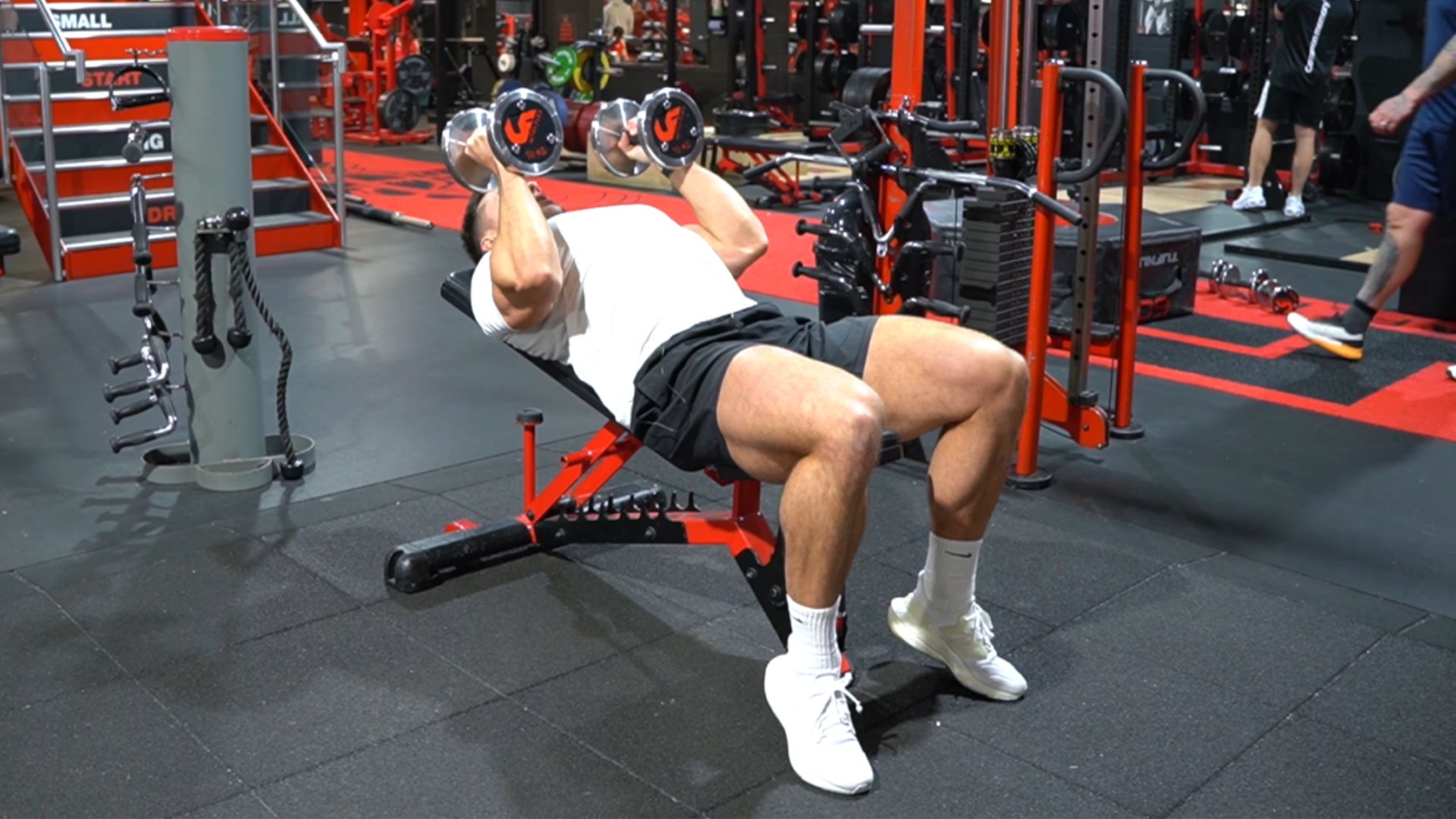 DB Tricep Press - Exercise Tutorial by James Harrison
DB Tricep Press - Exercise Tutorial by James Harrison
10. Forearm Flexors
Grip-intensive work, from rows to curls to deadlifts, gives the forearm flexors constant attention. By controlling wrist and finger flexion, they stay active in most pulling moves. With repetitive loading, tightness creeps in near the elbow, and daily gripping begins to feel tender.
We’ve talked about what you’re overdoing, so let’s move to the muscles that deserve a little extra focus.
1. Serratus Anterior
Under the armpit and along the ribs lives this underrated muscle. It attaches to the ribs and scapula to give you smooth shoulder movement and the ability to reach forward strongly. Weak activation turns shoulder blades into little wings and takes strength out of punches and pushes.
2. Lower Trapezius
This area handles pulling the shoulder blades down and guiding upward rotation. It starts along the mid-spine and reaches the scapula, yet it rarely gets direct attention. Without enough strength here, posture slumps and upper-shoulder muscles end up doing extra work they never signed up for.
3. Vastus Medialis Oblique (VMO)
Moving down to the inner thigh, the VMO maintains kneecap tracking every time the knee extends. It’s a stabilizing anchor during squats and steps, right where many knee issues begin. When this spot lags, the kneecap shifts and front-knee discomfort shows up during everyday movement.
4. Tibialis
Do you ever feel your shins light up on long walks or runs? That comes from an under-trained tibialis anterior, the muscle that lifts your foot and keeps your arch supported. Add in controlled toe-raises and slow dorsiflexion work to build strength and avoid foot-drop issues.
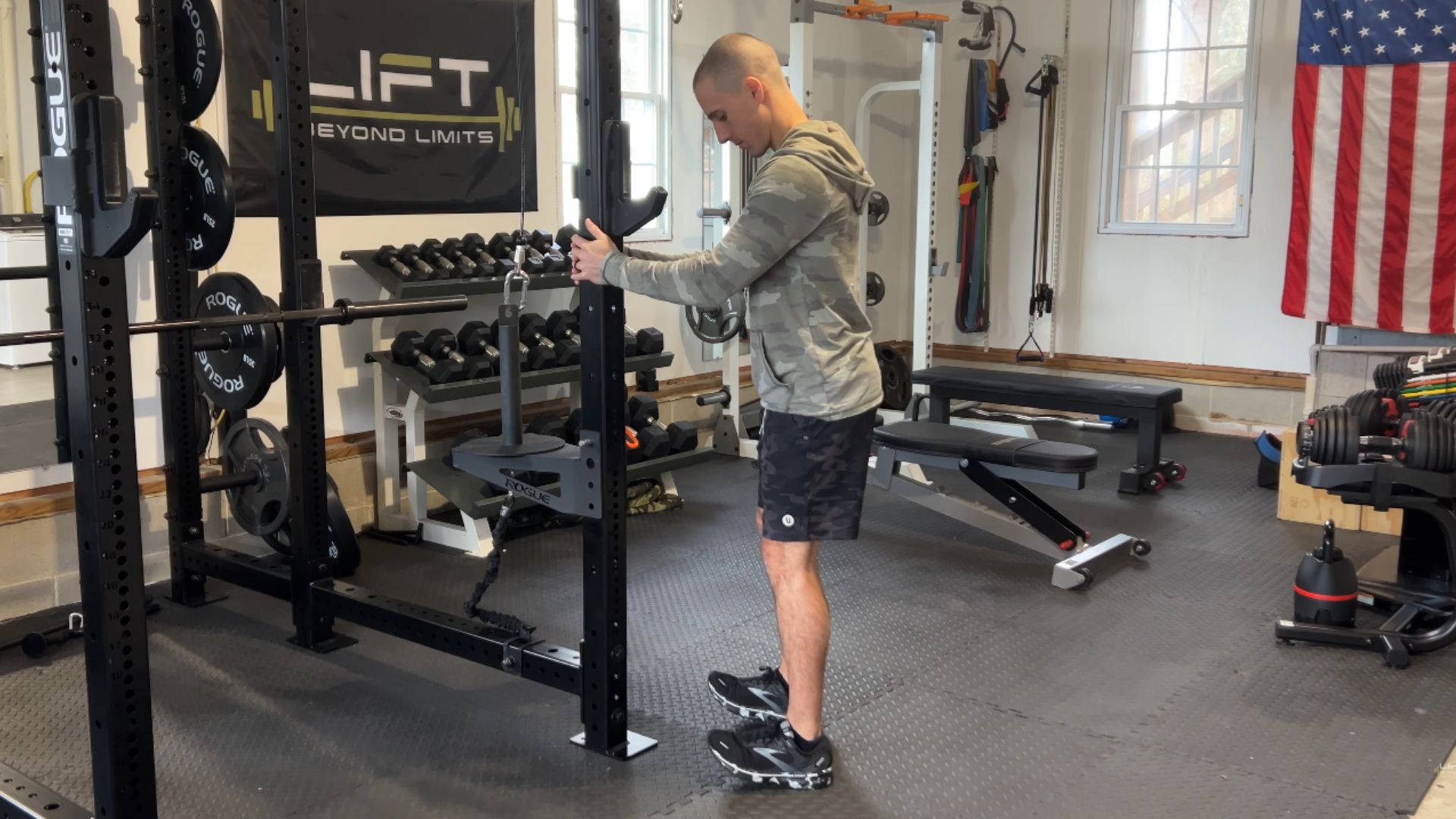 Toe Raises by Drs. Mike & Kelly Swann
Toe Raises by Drs. Mike & Kelly Swann
5. Supraspinatus
Many upper-body workouts engage larger muscles first, so this area slips behind easily. High on the shoulder blade, this small rotator cuff muscle kicks off arm lifting to the side. When it weakens, shoulder lifts feel tender, and overhead motion struggles to feel smooth.
6. Subscapularis
This internal rotator of the shoulder stays quiet while large muscles dominate big lifts. A sluggish subscapularis can leave joints feeling unstable. Light internal-rotation band drills and controlled isometrics near your torso help it pull its weight in pressing sessions.
 J-Band Exercises: Do This, Not That (Exercise #1: Internal Rotation, Hip Height) by Jaeger Sports
J-Band Exercises: Do This, Not That (Exercise #1: Internal Rotation, Hip Height) by Jaeger Sports
7. Multifidus
Running along the spine, this deep muscle stack keeps each vertebra aligned during movement. It plays a quiet role every time you bend, twist, or lift. If it falls behind, lower-back strain becomes part of daily life, and simple posture feels harder than it should.
8. Gluteus Medius
Plenty of lifters chase a bigger backside, and this one gets overlooked along the way. It sits on the side of your hip, pulling your leg outward and keeping the pelvis level as you walk. When it falls behind, that signature hip drop stride appears, and balance loses stability.
9. Deep Cervical Flexors
These small neck stabilizers often go ignored, leading to poor posture and that forward-head slump. Undertraining them contributes to daily neck strain, especially for desk workers or lifters lacking balance in upper-spine support.
10. Peroneals
Along the outer lower leg, this pair supports ankle stability and turns the foot outward. Their tendon even wraps under the foot to anchor near the big toe. If they stay sleepy, rolling ankles become common, and lateral movements feel uneasy during runs or sports.
KEEP ON READING



